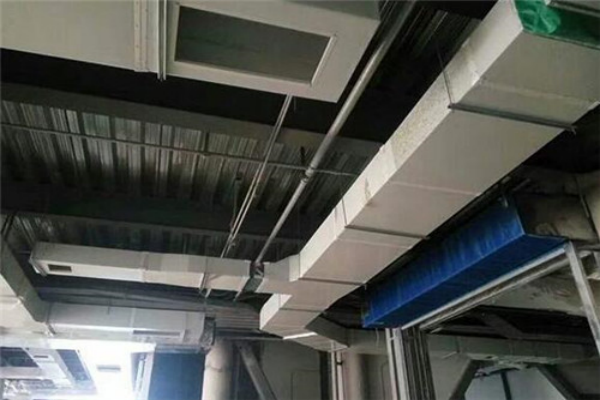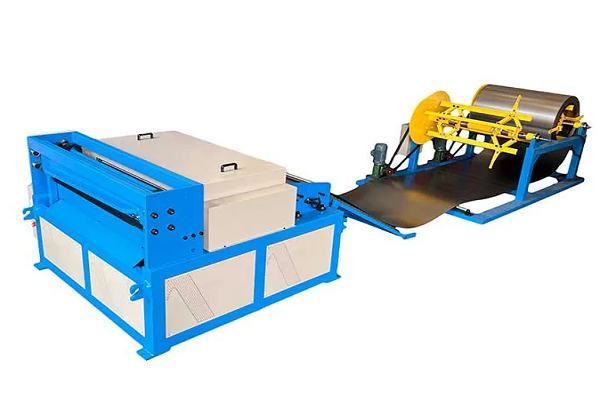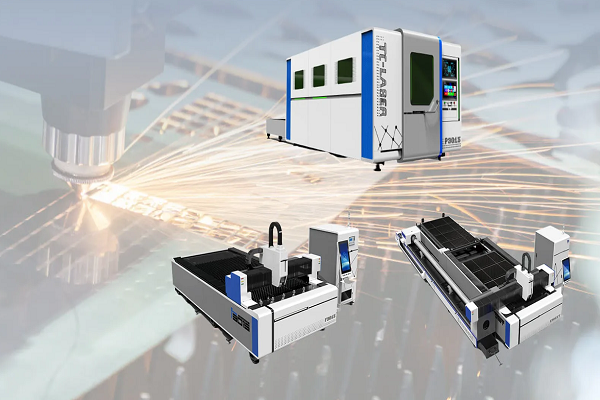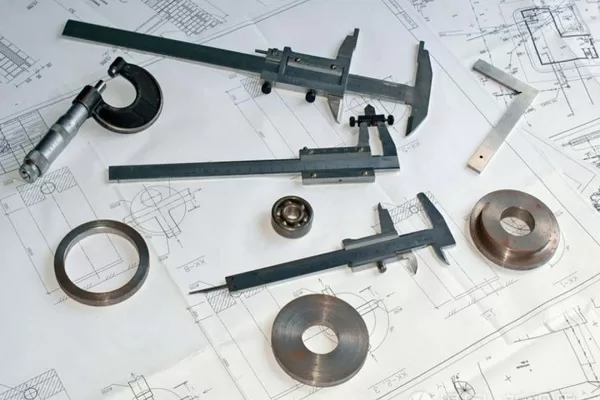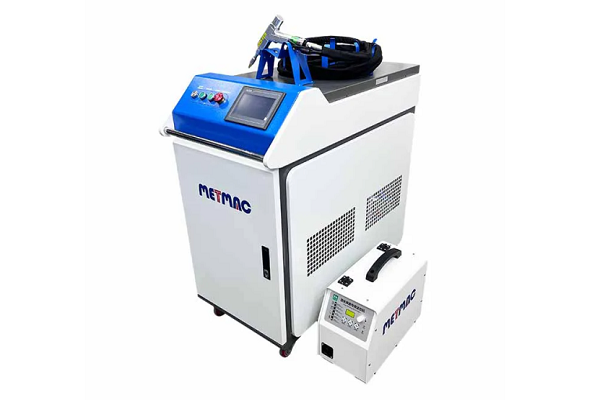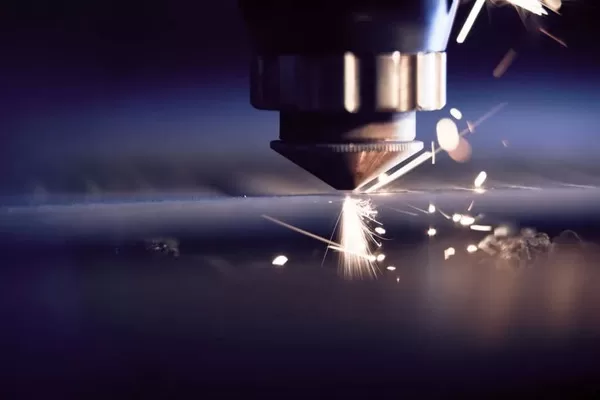
The Ultimate Comparison- Manual vs. Automated Metal Curving Machines
- By:Metmac
- 2024-05-21
- 52
Introduction
In the realm of metal fabrication, precision and efficiency are paramount. Choosing the right metal curving machine is crucial to achieving optimal results. The debate between manual and automated machines has been a subject of discussion for years, and for good reason. This article presents a comprehensive comparison of manual vs. automated metal curving machines, highlighting their respective advantages and limitations.
Manual Metal Curving Machines: Pros and Cons
Advantages
1. Lower Cost: Manual machines are generally more affordable than automated ones, making them a suitable option for smaller workshops or starting businesses.
2. Simplicity: The operation of manual machines is relatively straightforward, requiring less training and technical expertise.
3. Flexibility: Manual machines offer great flexibility in terms of the types of curves achievable, as the operator has full control over the bending process.
Disadvantages
1. Limited Precision: Manual machines rely heavily on the operator’s skill and experience, which can result in variations in accuracy and consistency.
2. Time-Consuming: The bending process is slow and labor-intensive, especially for complex or large-scale projects.
3. Safety Concerns: Manual machines require constant attention and proper handling techniques to avoid accidents.
Automated Metal Curving Machines: Pros and Cons
Advantages
1. High Precision: Automated machines utilize computer-controlled systems to ensure precise and consistent bending angles, reducing human error.
2. Increased Efficiency: The automated process significantly reduces bending time, leading to higher productivity and faster turnaround times.
3. Improved Safety: Automated machines incorporate safety features such as sensors and guards, minimizing the risk of accidents and injuries.
Disadvantages
1. Higher Cost: Automated machines demand a higher investment compared to manual machines, making them more suitable for large-scale operations or specialized applications.
2. Limited Flexibility: Automated machines are typically programmed for specific bending patterns, limiting their adaptability to diverse projects.
3. Maintenance and Expertise: Automated machines require regular maintenance and may necessitate specialized technicians for repairs or upgrades.
Choosing the Right Machine
The choice between manual and automated metal curving machines depends on several factors:
Project Volume: High-volume projects benefit from the speed and efficiency of automated machines.
Precision Requirements: Critical applications demand precise bending angles, which are best achieved with automated machines.
Skill Level: Manual machines are suitable for skilled operators, while automated machines simplify the process for those with less experience.
Budget: Cost considerations should play a role in the decision-making process.
Conclusion
Manual and automated metal curving machines offer unique advantages and limitations. Manual machines excel in flexibility and cost-effectiveness, while automated machines deliver high precision and efficiency. Understanding these differences will empower fabricators to make informed decisions and select the machine that best aligns with their specific project needs and business objectives.

